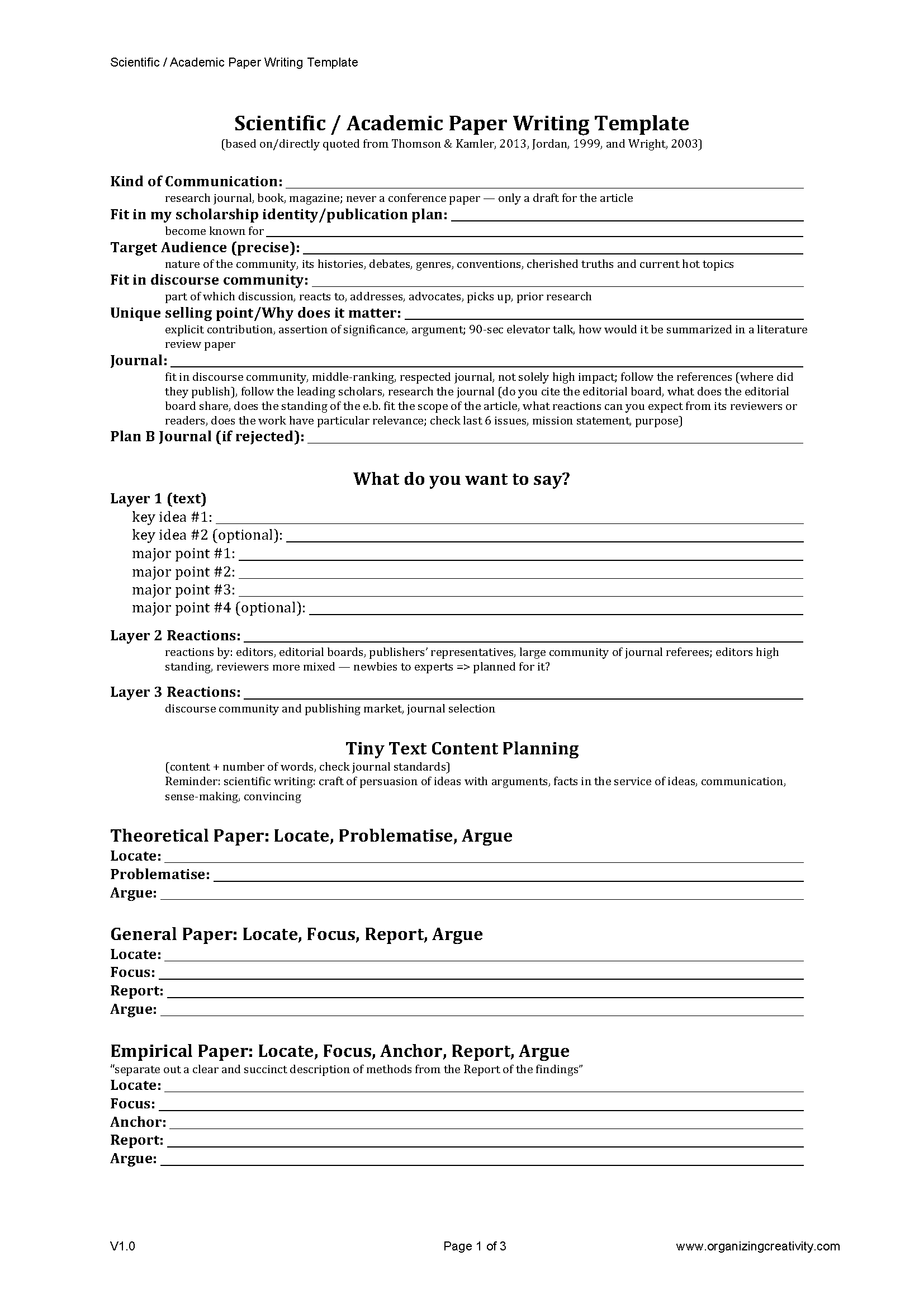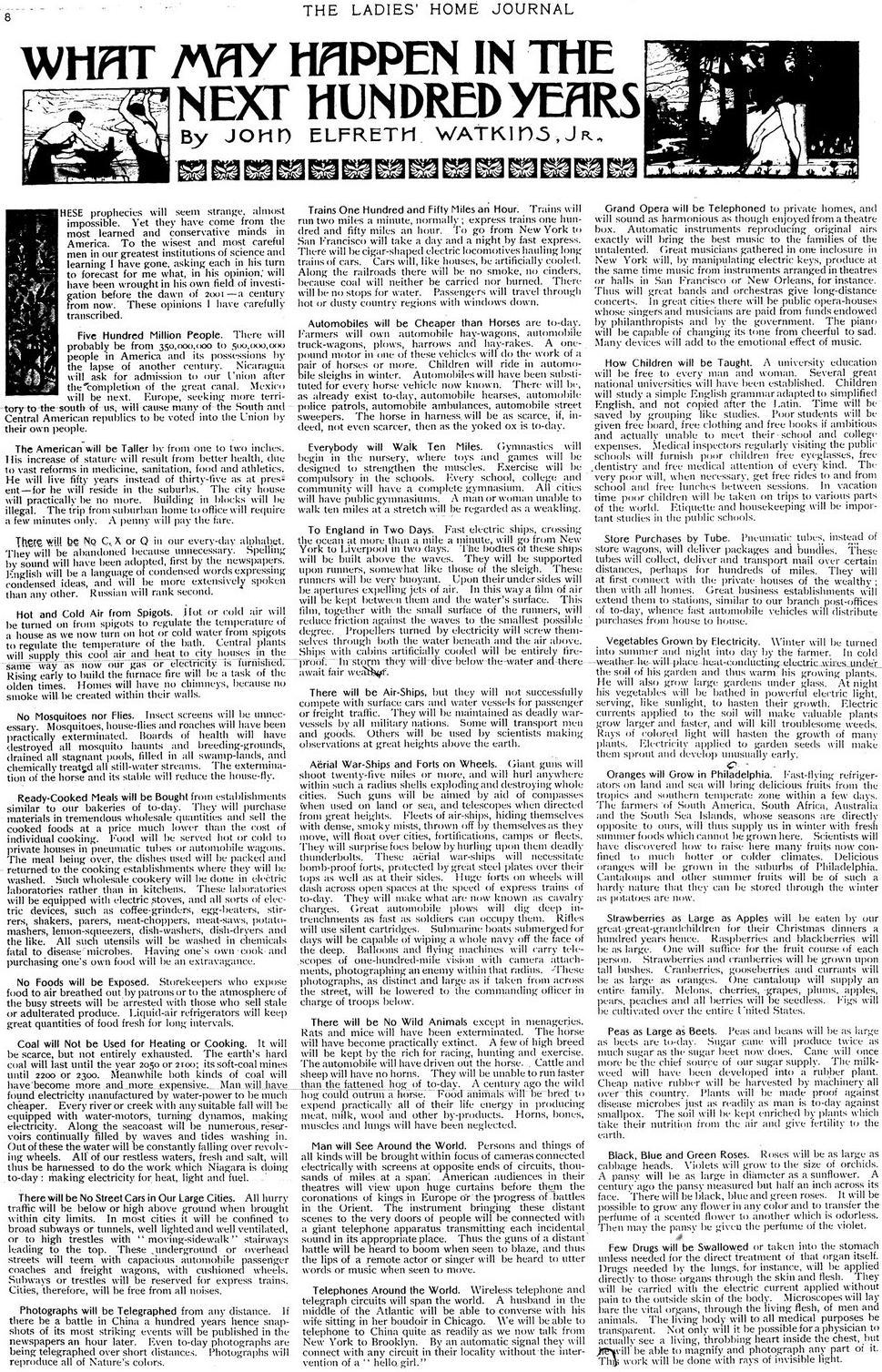Songs of Innocence and Experience Contents - Crossref-it.info.
Holy Thursday (I) - Synopsis and commentary Synopsis of Holy Thursday (I). On Holy Thursday (Ascension Day), the clean-scrubbed charity school children of London flow like a river toward St. Paul's Cathedral.Supervised by aged beadles and dressed in bright colours they walk two-by-two. Seated, the children form a vast, radiant multitude as they sit in the Cathedral.
Holy Thursday was first published in 1789. It was included in a poetry collection called Songs of Innocence.However, there is also a poem called Holy Thursday in William Blake’s Songs of Experience, which differs from the one in Songs of Innocence.Songs of Innocence consists of 19 poems that portray happy pastoral images and the vulnerability in this innocent perception.

Structure and versification. The poem has three stanzas, each containing two rhyming couplets.The first stanza is one sentence, suggesting the long train of children processing toward the cathedral, or the flowing river to which they are explicitly compared.

The subject in “Holy Thursday” stays the same, however, the nature of the subject is drastically different in each poem. In both Songs of Innocence and Songs of Experience, the poem titled “Holy Thursday” occurs on Holy Thursday. This was a special service at St. Paul’s Cathedral in London, which was held on the first Thursday in May.

Songs of Innocence and of Experience study guide contains a biography of William Blake, literature essays, a complete e-text, quiz questions, major themes, characters, and a full summary and analysis.

When looking at the different options available to me in Blake’s volumes, “Holy Thursday” (both the Songs of Innocence and Songs of Experience versions) demonstrated this duality clearly. The subject in “Holy Thursday” stays the same, however, the nature of the subject is drastically different in each poem. In both Songs of Innocence.

Each poem in the “Songs of Experience” category is matched by an idealistic portrayal in Songs of Innocence. The contrast is Blake’s method of social protest. Holy Thursday is Ascension Day.
William Blake’s “Holy Thursday” from Songs of Innocence was written before the French Revolution and Blake’s “Holy Thursday” from Songs of Experience was written after, creating obvious differences in formal structure; these poems are also uniquely intertwined by telling the same story of children arriving to church on Holy Thursday. However, each gives a different perspective that.

Songs of Innocence and of Experience William Blake. The following entry presents criticism of Blake's poetry collection, Songs of Innocence and of Experience: Shewing the Two Contrary States of.

The text of the poem and the accompanying illustration formed an integrated whole, each adding meaning to the other. Read highlights from the Songs of Innocence and of Experience in their original illustrated form, and look learn more through summaries and analyses of each poem. Songs of Innocence: Holy Thursday.

Tips for literary analysis essay about Holy Thursday (Experience) by William Blake.

Throughout both Songs of Innocence and Songs of Experience, Blake repeatedly addresses the destruction of childlike innocence, and in many cases of children’s lives, by a society designed to use people for its own selfish ends.

William Blake's Chimney Sweeper In this essay I am going to explore Blake's Chimney Sweeper poems from the Songs of Innocence and the Songs of Experience. During this essay I will cover Blake's life and times and the way chimney sweepers get treated around that time and what Blake attempts to do about it. Blake was born on November 28 in the.



